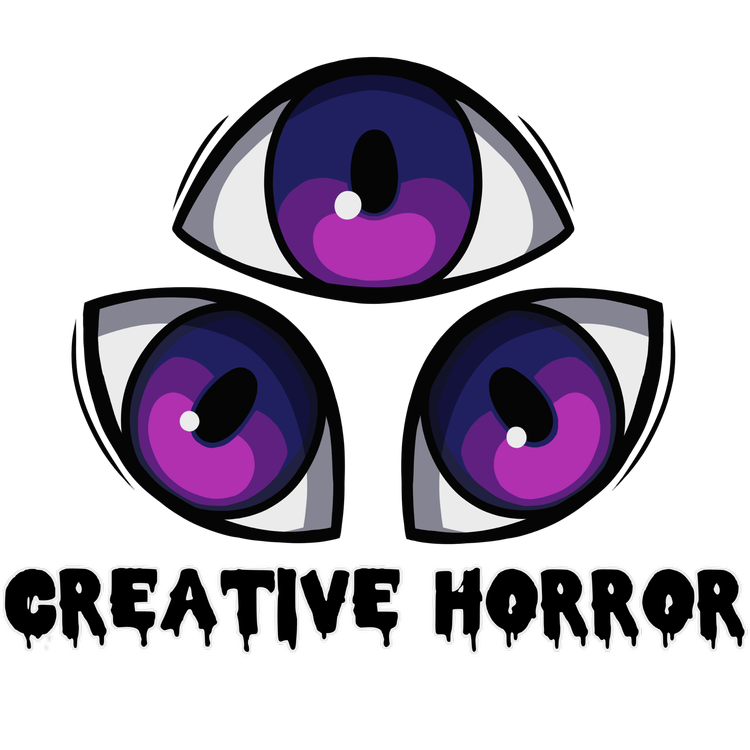Today I have a book review, but really it’s more of a recommendation for all my fellow writers. But first let me ask, what kind of writer are you? Do you like to sit and plan out the entirety of your story before you write anything or do you like to start with just some ideas in your head and let it see where it takes you? Whichever kind of writer you are, I think this book can help you. It’s definitely helped me piece together a productive writing process.
Take Off Your Pants! By Libbie Hawker. You may or may not have heard the saying “Flying by the seat of your pants.” I’ve personally never used it and when trying to explain it to a friend they had no idea what I was talking about! So if you don’t know, this saying really just means something along the lines of “following your gut or intuition”. In this context, we’re talking about writers who let their stories guide them. It turns out some people call this method of writing ‘pantsing’ in reference to the saying.
In Libbie’s book she talks about the benefits of planning your story out before hand and thus “taking off your pants”. Now there’s no write or wrong way to go about writing your stories. We’re all different writers and different things work for each of us but I think Libbie provides some solid advice. Before this book and for years, you can say I was a “pantser”, I planned as I wrote. Usually I would start with some ideas, a good sense of where I wanted to go and even some scenes. I would try to keep that all organized in my head and more often than not I would hit road blocks. At the start I was never sure how to begin, and once I got started I’d often struggle getting from one scene to the next. I knew where I wanted to go but didn’t know how to get there. Libbie goes into detail explaining her outlining method, and I had tried outlining in the past but never anything very organized. After reading the book I adopted Libbie’s method for a couple short stories and was pleased by the results.
I’ve made some changes and adapted the method to better suit my own style and thought process, but what I got out of Libbie’s book was very valuable. I have now a plan of attack for every story I take on. Now, just because I have an outline before I start any story doesn’t mean I’ve set my stories in stone. For me the best part of writing is when my characters take over and lead me to places I didn’t even consider before. I happily deviate off the outline when the urge takes me. Sometimes it works it’s way back to the original outline or I adjust my outline and keep moving forward from there.
As Libbie goes through her outline process, she touches on character arcs and plot. About how to keep a pace that will make readers struggle to put down your work. Even if you don’t think outlining will ever be for you, there’s a lot to learn in the book about what to consider as your story comes together. So I really do recommend this to any writers, and I promise I’ll never send you out after anything that I didn’t find to be a great help. You can check out Libbie’s book on Amazon or feel free to ask me about it in the comments.
To help support this blog and partnered podcast, there are affiliated links in this post.

